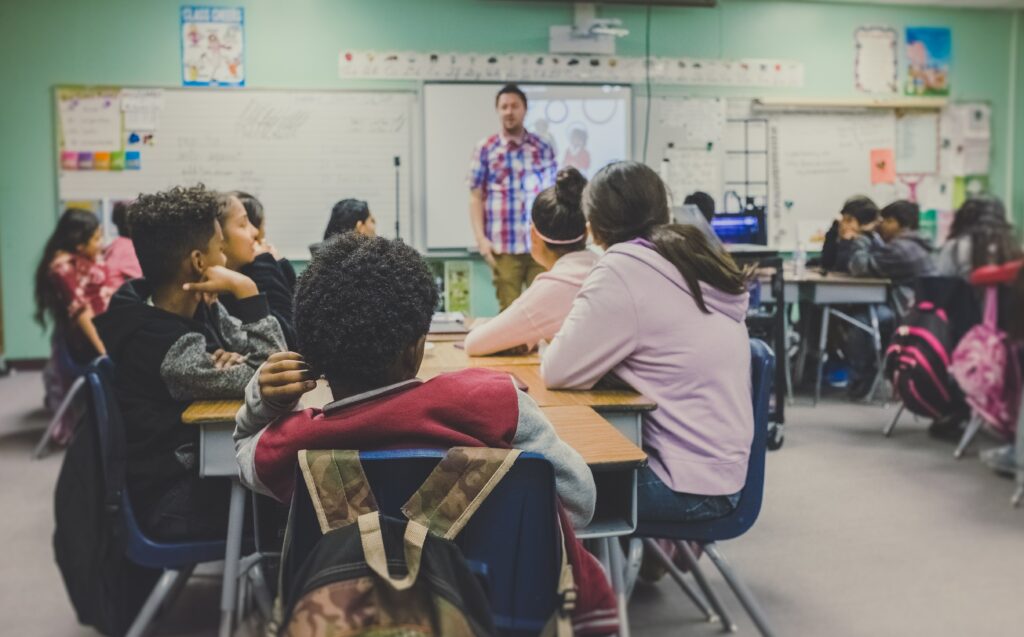This week in the EdTech class, we had a guest speaker who is the founder of BCEDAccess Society, an organization that helps families who have children with disabilities or who have complex learning styles. The organization is run entirely by volunteers and is made up of nearly 3,500 members throughout BC.
One thing the presenter talked about is how many learners with disabilities are denied the use of technology in the class either because it is outdated or access is, at times, a problem. She also discussed the idea of knowledge keeping, which is the idea of having someone who knows the technology being used and can help set it up or access it. Furthermore, having family members without proper training on required or needed technology who are unable to help their kids access technology is another barrier to the effective use of technology for learners with special needs.
When it comes to accessing technology, parents of children with disabilities need support from within the education system. The presenter herself has a child with autism and because this diagnosis was given before her child entered school and had that clear designation, she was able to let the school know ahead of time, which had the benefit of allowing the district to use funds that would provide her child with the necessary support. Another child of hers, an 18-year-old who is in his thirteenth years of schooling, has also had challenges that have impacted his learning. One of those challenge has been his processing speed, meaning that he needs more time to respond than most other children. This requires patience on the part of the educator as well as the other students in the class so as to properly care for the student with special needs. Another problem mentioned is the idea of ableism, as oftentimes others’ perceptions of a person with a disability can create a discriminatory atmosphere that negatively affects that person’s learning experience.
One positive thing mentioned was how technology can create an “independence of resiliency” for that person who might not otherwise be afforded that way of communicating and working that most of us take for granted. One workaround is providing all students with the required technology to assist in their learning, which then circumvents the need to provide learners who have disabilities with the needed technology to learn and succeed. Online learning courses also provide better opportunities for learners with special needs; however, if not done well, this can actually be unhelpful. The presenter mentioned how if the learning is all presented as just written text, this can be problematic for students who are, for instance, blind, or who have learning disabilities that would prevent them from being able to engage with the material. This speaks to two of the common threads throughout our TeacherEd course, which are using multimodal approaches in the classroom and considering the who each learner is. Considering that I, or any other future teacher, will almost certainly end up having students with special needs in our classrooms, it’s best to start incorporating these ideas into the classroom right away.
How do we know if our students have any special needs? The most obvious way to find this out is to directly ask students. Sadly, this is an often neglected approach but likely the one that is most effective. As well, opening up a dialogue with the family is a good way to find out a student’s needs. IEPs are another source that can be used. IEP stands for ‘Individualized Education Plans,’ a personalized approach for students who need extra support from teachers, administrators and other support staff in conjunction with the parents or guardians and the child herself. Finally, assessment by the teacher is another useful tool that can be used to determine what needs a learner may need. These can be done as informal or formal assessments and may be done by someone with more training and expertise in determining what needs may be present.

Parents are another tricky aspect when it comes to caring for learners with disabilities. Sometimes parents who have experienced trauma have a difficult time communicating in a friendly way so, as a teacher, it’s important not to take things too personally. In other cases, some parents may not reach out for help at all for fear of damaging the relationship between them and the teacher, or out of fear that the student may be affected negatively because of any possible retaliation taken out on the student. Moreover, some students have very little or no advocacy from parents, which can make things even more difficult to deal with (for everyone involved). All in all, it’s important to be aware as educators of who all of our students are so that we can take care of each and every one. One of the deficiencies of the education system from when I was a child is that it didn’t, for the most part, take into account the needs of kids with special needs so hearing that there is more awareness and more consideration of those students is nice to hear, even if there is still more work to be done to level the playing field in regards to providing technology for students in the classroom.
To conclude, I’m appreciative to have been included in this presentation, as, having grown up with a sister who has a disability, I often wondered if enough support was being given to her and whether more could have been done to make her learning experience better. Luckily, my sister is incredibly resilient and excelled at school and as a learner so perhaps she was okay. But for every person like my sister there are hundreds more who didn’t excel and still aren’t getting the proper support they need. At the very least, it’s nice to know that there are people out there, such as our presenter and the folks at BCEDAccess Society, dedicating their time toward making sure that no child gets left behind and that education is accessible to everyone. I feel fortunate that I, too, will be one of those people who can help learners with disabilities or complex learning needs reach their full potential.
Have look at some of the YouTube links below to find out more about different types of assistive technology.

Leave a Reply
You must be logged in to post a comment.